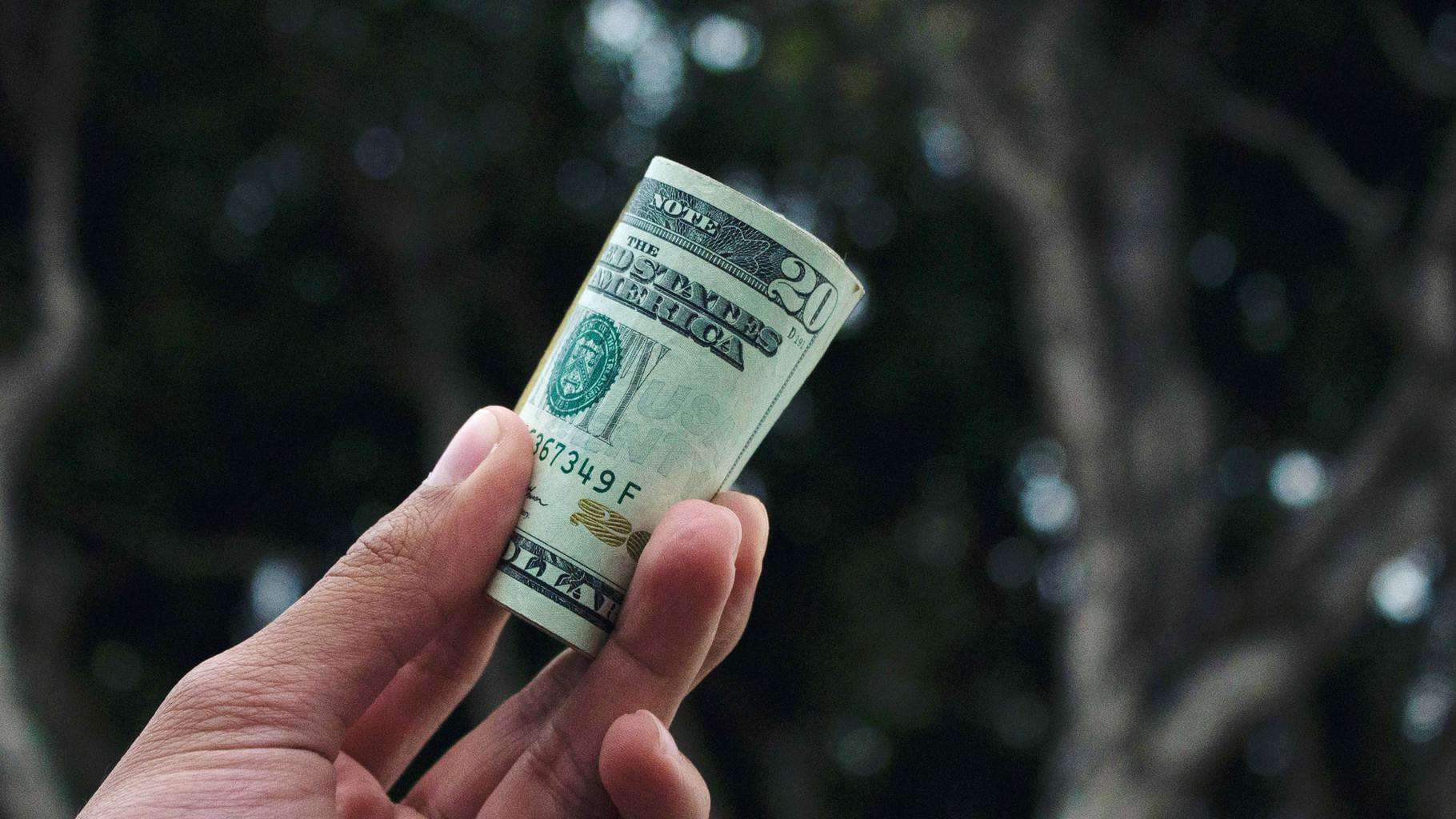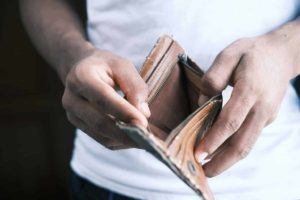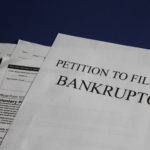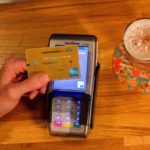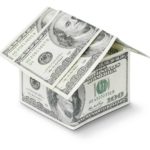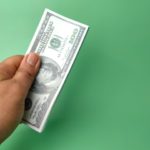Debt products fall into two categories: secured and unsecured. Before you take out a loan or open a credit card, it’s essential to know if the product is a secured or unsecured debt and if your assets are at risk if you default. You will also need a viable repayment plan to ensure you stay on top of your outstanding debt obligations.
What Is Unsecured Debt?
Unsecured debt is a type of debt that is not secured by an asset. If you default on the debt payments, the lender or credit does not have the right to get a judgment against you and must use other methods to collect what they’re owed.
So, you can open a credit card or get an unsecured loan, such as a payday or personal loan, without putting an asset, like your car or home, up for collateral. You may also find that the application process to get unsecured debt may be easier than what you’ll experience with secured debt. However, it’s sometimes harder to qualify for unsecured debt products. They usually carry higher interest rates because the lender is assuming an elevated risk.
What is Secured Debt?
Secured debts are backed by assets. When you take out a secured debt product, the lender or creditor takes what’s referred to as a “security” interest in the asset you put up for collateral to protect themselves.
If you fall behind on payments, lenders could take possession of your collateral and sell it off to recoup their losses. This means you could have your car repossessed or lose your home through foreclosure.
Common types of secured debt include secured loans like auto loans, boat loans, RV loans, motorcycle loans, mortgage loans, home equity loans, and home equity lines of credit. The qualification criteria for secured debt is sometimes less stringent because lenders have a right to repossess the collateral if you can’t keep up with payments. However, these debt products aren’t as flexible as unsecured debt. You typically must use the funds to secure the collateral.
(Quick note: If the lender or creditor seizes your asset due to default and there’s a deficiency balance, they could take you to court to get a deficiency judgment for the difference. It depends on the type of debt and the laws in your state, though. To illustrate, assume your car is repossessed and sold for $25,000. If you still owe $23,500, the auto lender could pursue a deficiency judgment against you for $1,500).
Unsecured vs. Secured Debts: The Difference
Wondering how the two forms of debt vary? For starters, unsecured debts aren’t backed by assets, but secured debts are. Consequently, secured debts are far riskier than unsecured debts.
If you default on your secured debt payments, the lender or creditor could seize your specific asset and sell it off to cover what you owe. But lenders and creditors who extend unsecured debt products don’t have this luxury – they’ll have to resort to collection actions or a lawsuit to collect the outstanding balance. Still, defaulting on both types of debt could mean bad news for your credit score since missed payments will be reported to credit bureaus to be reflected in your credit history.
Common Types of Unsecured Debts
There are several types of unsecured debts, including unsecured credit card debt, medical debt, payday loans, student loans, and personal loans. Utility bills and legal fees are also classified as unsecured debts.
What Happens When You Don’t Pay Unsecured Debts?
If you fall behind or stop making payments on your unsecured debts, lenders or creditors will likely initiate collection actions to recoup what they’re owed. It’s also possible that your past-due balances could be sold to a debt collector who could file a lawsuit against you. Negative information for unpaid unsecured debts will possibly be reflected in your credit report.
Paying Off Secured Debts vs. Unsecured Debts
Should you focus on secured or unsecured debts? It depends on how much of a risk the debt would pose to your financial health if you default. Ideally, you want to make timely payments on both to remain in good standing with creditors and lenders, avoid collection action and preserve your credit rating.
But if you get in a financial bind, secured debts should be prioritized to protect your assets. To illustrate, if you have a home loan, credit card debt, medical bills, and payday loans, you’ll likely want to take care of your mortgage payment. While paying other creditors is important, defaulting on your mortgage could lead to foreclosure and homelessness.
However, there are instances when focusing on unsecured debts could be the better decision. Assume you have a car that’s worth double what you paid for it and credit card debt. If you encounter a financial emergency, you could always sell the car and use the proceeds to get a cheaper ride and pay down credit card debt. You will avoid repossession, eliminate a car note and possibly reduce the minimum payments on your credit card each month. And when you get back on your feet, you can pay off the cards faster.
Do you have enough money to cover your monthly bills and want to start aggressively repaying both secured and unsecured debts? Start with the account with the highest interest rate to save more over time, which is known as the debt avalanche method. Or you can focus on the debt with the lowest balance and work your way up. This is referred to as the debt snowball. Regardless of which option you choose, continue to pay at least the minimum on all your other debts. Doing so helps avoid issues with creditors, like late payment fees, collection calls, and adverse credit reporting.

